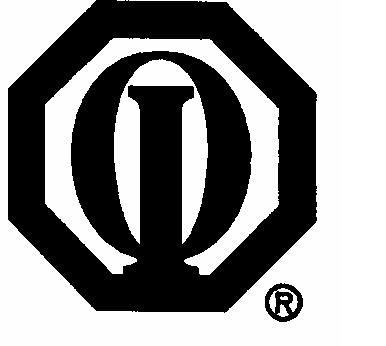IBM in health reform optimists club


I did not know much about their work, but I liked the name. I still do.
IBM's corporate culture is a product of that era, when narrow-tied businessmen got together for lunch to network and do good works.
Dan Pelino, IBM general manager for global healthcare and life sciences, would fit right into that era. He's still an optimist.
In particular, he is optimistic about the President's health reform proposals, especially its health IT provisions, because it takes the best practices of businesses and applies them to the rest of society.
Its mantra of incentives, guidance and consequences built the best privately-run regional health information networks, like those of the Mayo Clinic, Kaiser and Geisinger in Pennsylvania.
"The thought process that has been successful at Geisinger and Kaiser and Mayo is the one being outlined in the stimulus. It's incentives, strong guidance, and consequences for lack of participation," he said.
While there are many people who think the U.S. can't build a uniform medical information system, Pelino points to the example of Denmark, an IBM customer.
"Denmark has 5.5 million people on a single platform. That's a region in the U.S. We also know 90% of all healthcare is delivered regionally." That's something we can model.
"The standards will be built based on the local, regional delivery systems. They will filter up to the states. And the hope is that off the stimulus and its guidance that we'll see levels of standards and exchange on a larger level," he said.
IBM is not just a health IT vendor. It's also a client, buying care for 500,000 people around the world, including employee families.
There it has gotten good results with the concept of a "medical home," in which care and wellness services are delivered by a team of doctors, nurses and others, linked by technology.
"When we put patients into that concept they have better care and they are more productive," he said.
In other words, the future works. IBM has seen it. "We're all Americans and all trying to improve health care, and moving to the same goal," he concluded.
Feel better now?